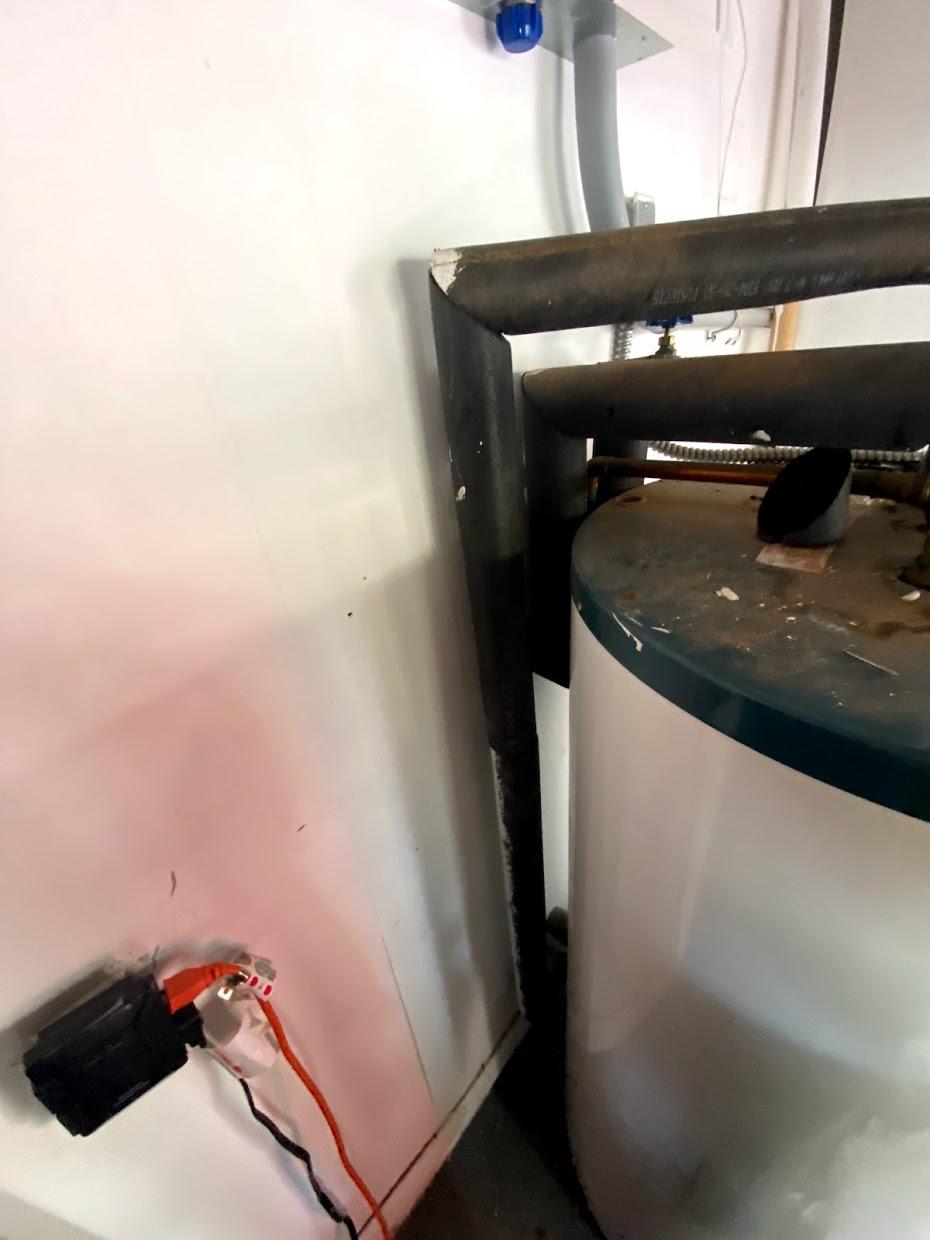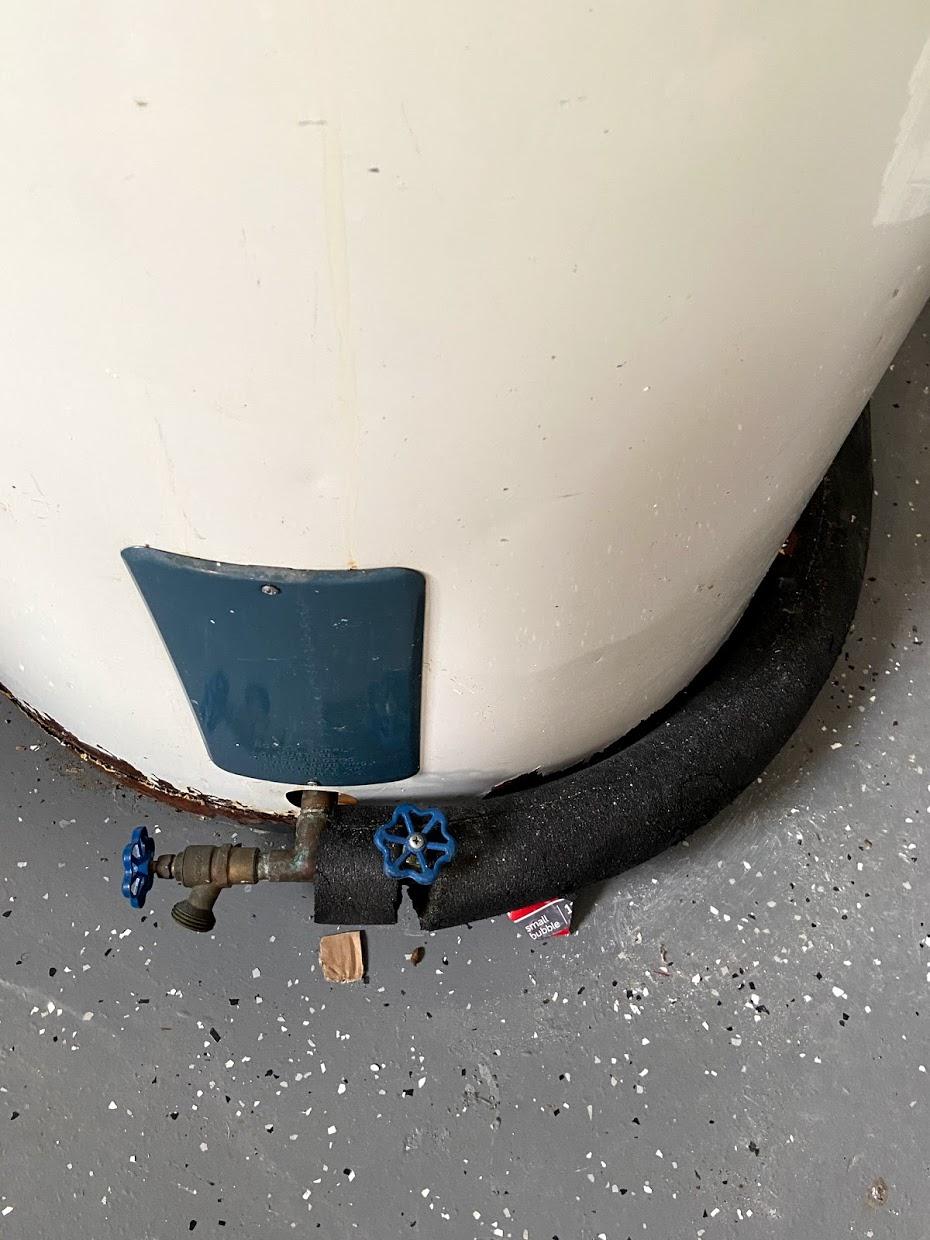gnr5
New Member
Just moved into this house, South Florida, two stories, the heater is leaking and I'm replacing it with a tankless. I'm not sure how to plumb it since now I realized I have more pipes coming and going from the existing tank than what I expected, and I don't see a pump. I'm suspecting there is some sort of recirculating but I don't see a pump anywhere.
I just realized that the cold/hot water lines are flipped, because if I shut off the valve then I lose hot water.
I have five pipes that go to/from the wall





I just realized that the cold/hot water lines are flipped, because if I shut off the valve then I lose hot water.
I have five pipes that go to/from the wall
- THREE behind the tank (top) - one pressure valve, one of cold water, one hot water
- TWO behind the tank (bottom) - another cold water, and one that wraps around the tank and connects to the drain valve in front of it.
- For the cold water, there is a T right now, do I keep the T and basically plug what's going into my existing tank into the tankless?
- Same question for the hot water, do I just do a one to one replacement and connect the output from the tankless to my existing hot water pipe?
- What do I do with the pipe that wraps around the tank now? Not sure what it does? Should I just cap it and call it a day??






















































